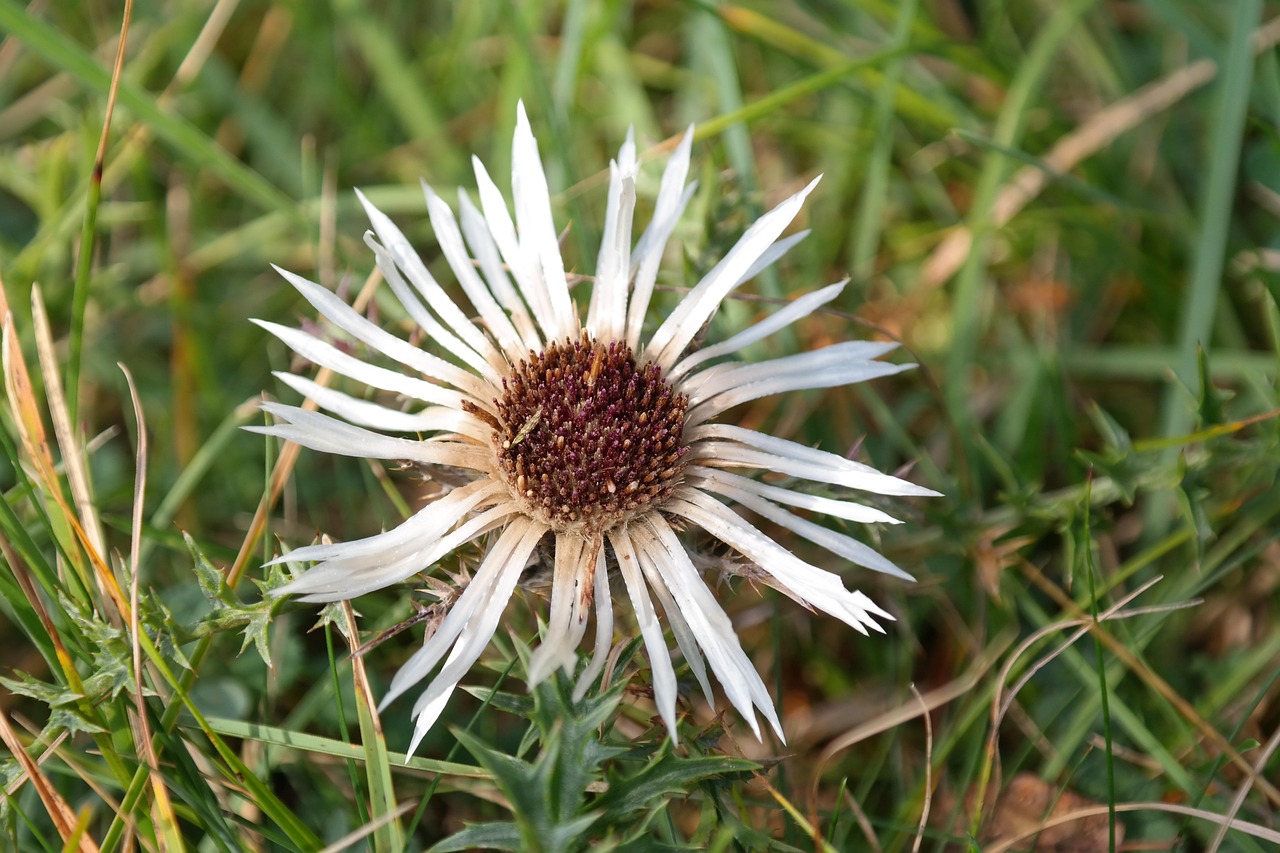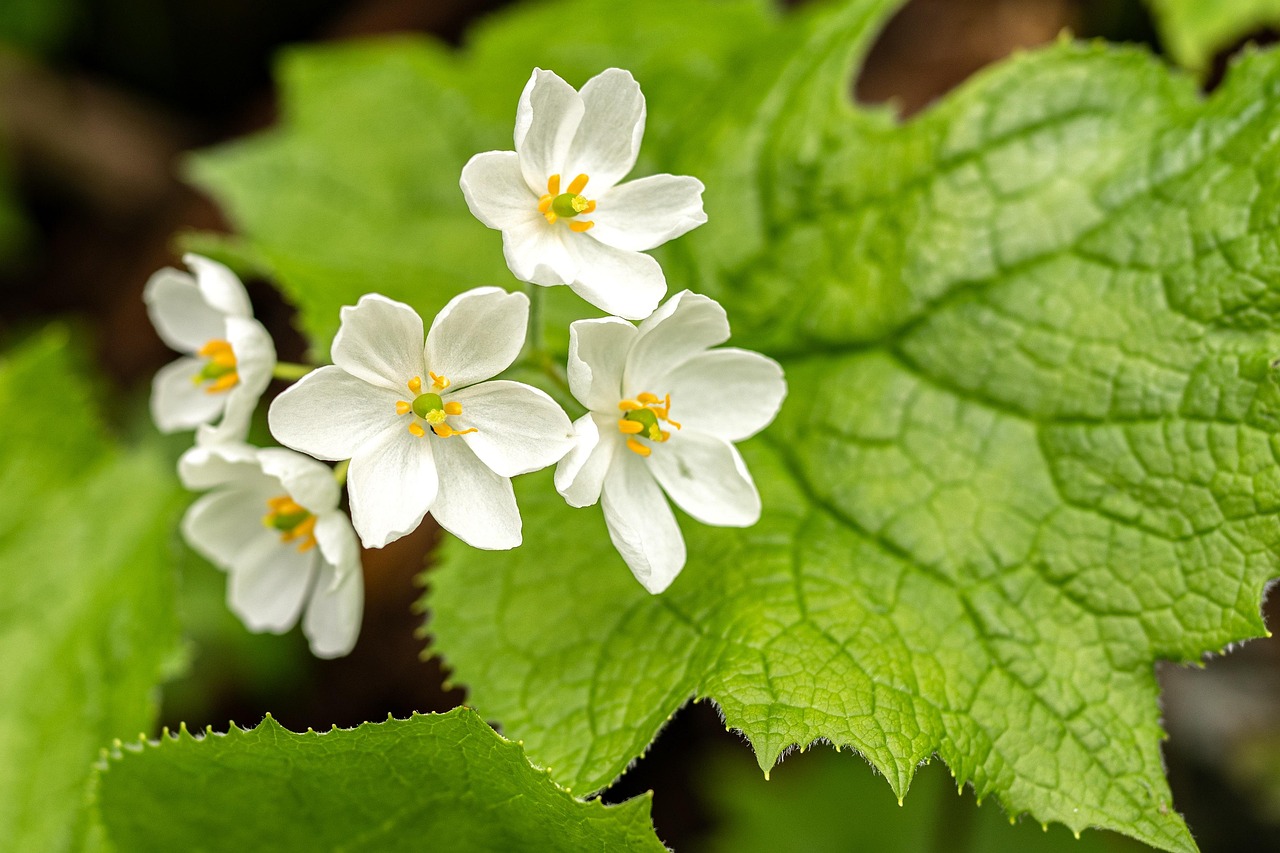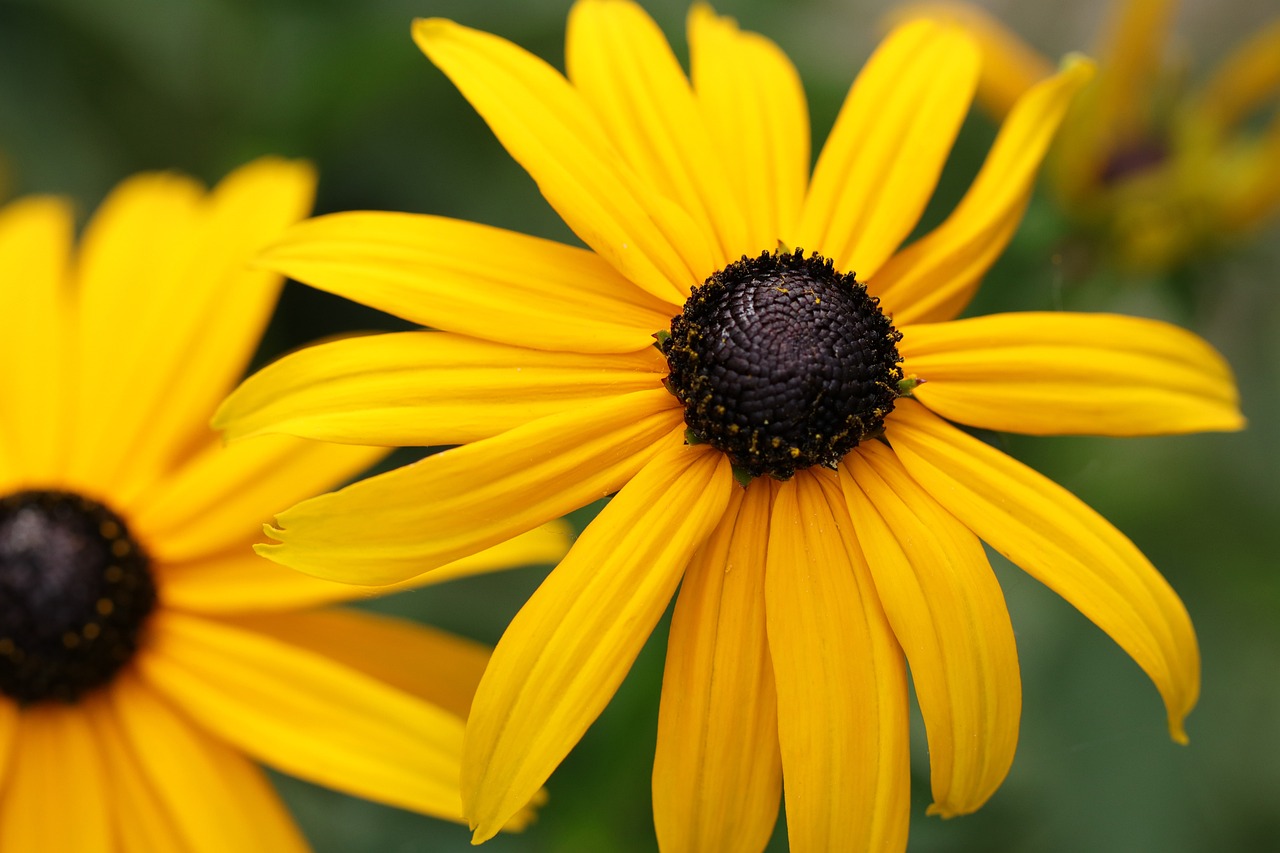Gardenia | The Sweet and Serene Fragrance of Early Summer
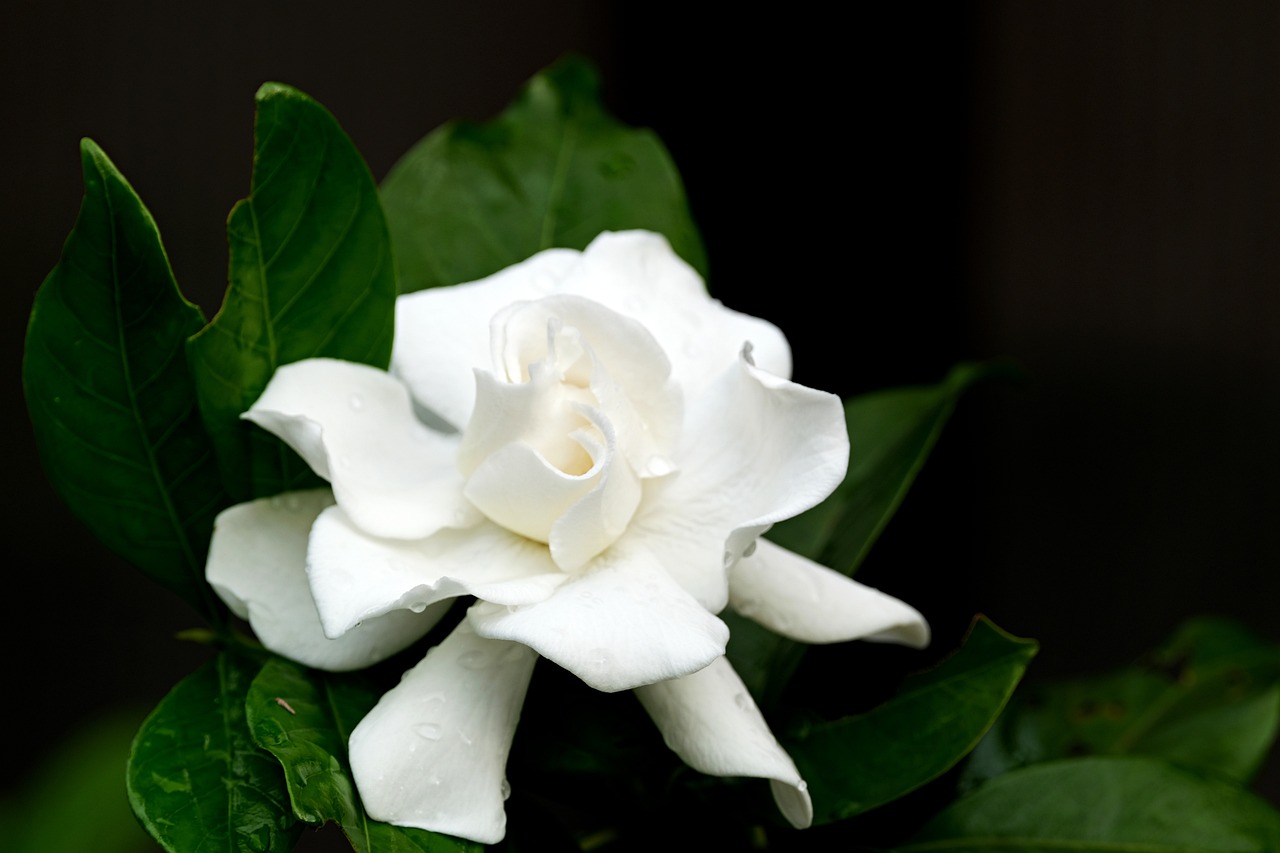
The gardenia is a flower that captivates many with its pure white blossoms and sweet fragrance in early summer. It is highly valued not only as a garden tree and bonsai, but also for its fruit, which has long been used as a natural dye.
In this article, I will provide a detailed explanation of the gardenia, from its basic information and cultural background to essential tips for cultivation.
Basic Information
- Scientific name: Gardenia jasminoides
- Family: Rubiaceae
- Origin: China, Japan, Taiwan
- Appearance: The flowers of the gardenia are pure white. They begin as small buds and bloom into six broad petals that exude a moist, gentle fragrance. The leaves are deep green and glossy, retaining their beauty throughout the year as an evergreen shrub.
- Blooming season: From early to mid-summer (June to July), when the air is filled with its rich fragrance.
Cultural Significance Around the World
In Japan, the gardenia has long been cherished as a flower that heralds the arrival of summer.
Its white blossoms and sweet fragrance have given rise to symbolic meanings such as “purity” and “bringing joy,” making it a popular emblem for brides and a representation of innocence.
In China, the fragrant gardenia has been widely used in traditional medicine and as a source of natural fragrance.
The fruit of the gardenia is also utilized as a natural dye, adding color to traditional Japanese sweets and New Year’s dishes. For example, the bright yellow of kuri kinton (sweet chestnut paste) comes from the natural pigment of gardenia fruit.
Historical Episodes
The gardenia has attracted people since ancient times.
In Japan, it appears in Heian-period literature and poetry, where its sweet scent and pure appearance were celebrated. During the Edo period, its fragrance became highly esteemed, and the flower was incorporated into gardens and tea ceremonies.
Its fruit was used as a dye known as “kizome” (yellow dye). Records show its use as early as the Nara period, making it an enduring part of Japan’s traditional culture.
Gardening Advice
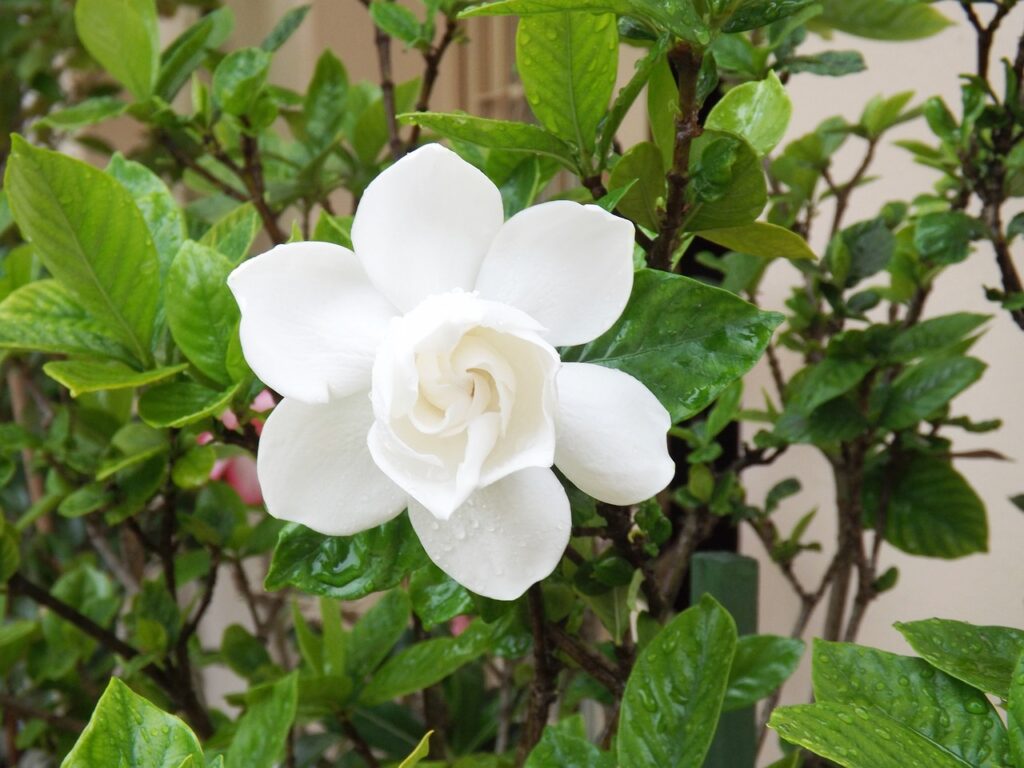
Gardenias thrive best in sunny locations but also grow well in partial shade. They prefer well-ventilated, humid environments, so it is important to choose the right planting site.
Water generously when the surface soil dries, as gardenias are sensitive to drought—especially in summer. They prefer acidic soil, so mixing peat moss or leaf mold will improve growth.
Applying fertilizer during the growing season from spring to early summer encourages abundant flowering. Pruning after blooming helps promote next year’s flowers.
In winter, protection against the cold is necessary. In colder regions, shielding them from frost or moving potted plants indoors is recommended.
Conclusion
The gardenia, with its pure white flowers and sweet fragrance, is a beautiful herald of summer. It is relatively easy to cultivate, and with the proper environment, it can be enjoyed year after year.
By growing gardenias, you can bring seasonal fragrance and charm to your garden or balcony.

